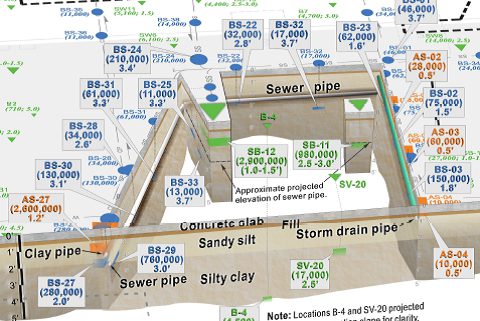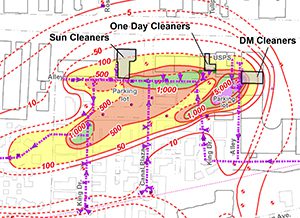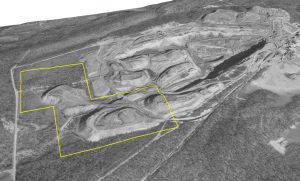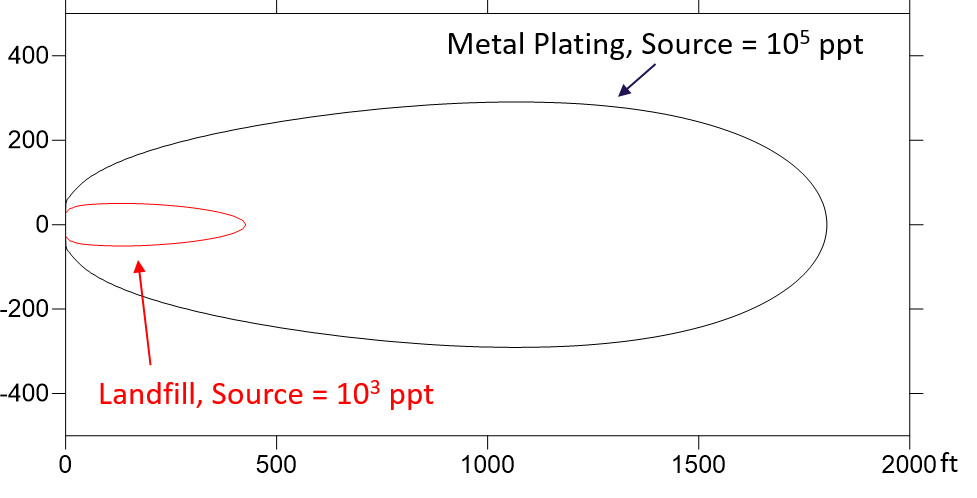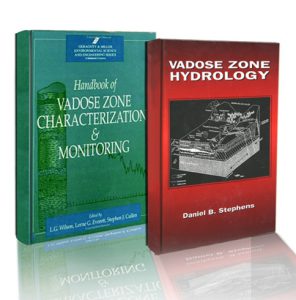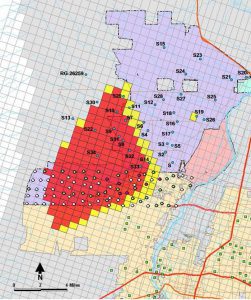Technical Experts
Expertise
- Groundwater contamination
- Water resources
- Groundwater modeling
Expertise
- Geochemistry
- Contaminant fate and transport
- Environmental forensics
Expertise
- Groundwater and contaminant transport modeling
- Water rights analysis
- Water supply investigations
Expertise
- Geographic information systems (GIS)
- Aerial and satellite imagery analysis
- Environmental database development
Expertise
- Quantitative contaminant hydrogeology
- Environmental Investigation and remediation
- Environmental liability management and consulting
Expertise
- Well design and construction
- Well evaluation
- Well rehabilitation
Expertise
- Geotechnical engineering
- Geoenvironmental engineering
- Earthquake engineering
Expertise
- Groundwater supply development
- Sustainable Groundwater Management Act (SGMA)
- Water rights
Expertise
- Groundwater and vadose zone flow and transport modeling
- Contaminant fate and transport
- Basin-scale hydrologic studies and safe-yield analysis
Expertise
- Hydrogeology
- Environmental forensics
- Remedial action programs
Expertise
- Hydrogeology
- Environmental forensics
- Contaminant fate and transport
Expertise
- Watershed modeling for water rights
- Contaminant fate and transport modeling
Contaminated Sites
Working closely with clients to develop effective strategies to resolve environmental concerns related to contaminated soil, groundwater, sediment, and indoor air, our experts are able to quickly integrate complex technical and legal issues to provide efficient solutions. We have provided expert support to clients on contaminant issues at landfills, industrial facilities, refineries, gasoline stations, and dry cleaning facilities. Our experts often utilize technical tools, such as databases, GIS, environmental forensics, and modeling, to perform complex technical analyses that stand up to technical and legal scrutiny. DBS&A staff members have provided expert opinions and testimony in both state and federal court to resolve a wide range of environmental characterization, monitoring, and remediation problems.
For example, we routinely perform quantitative evaluation of non-aqueous phase liquid (NAPL) migration and groundwater impacts from solvent releases, leaking tanks, and pipeline leaks; site investigations and remedial action alternatives analysis associated with RCRA and CERCLA corrective action programs; vapor intrusion risk assessment consistent with U.S. EPA and state protocols; and development of cost allocations for remedial cost recovery.
Indoor Air Vapor Intrusion and Risk Assessment
The potential for subsurface vapor migration and vapor intrusion into indoor air has in recent years become the primary regulatory driver at many volatile organic compound (VOC) contamination sites. For more than 20 years, DBS&A’s scientists and engineers have provided expert witness support on vapor intrusion-related matters. Read more about DBS&A’s experience with environmental risk characterization, site investigation, modeling, and navigating regulatory guidance on vapor intrusion.
Mining
DBS&A staff members have provided expert testimony in support of permit acquisition, renewal, or variances, and development of regulations, such as for the New Mexico Copper Rule.
PFAS Investigations
DBS&A’s team of scientific experts and environmental professionals have experience investigating poly- and perfluoroalkyl substances (PFAS) impacts to groundwater, soils, and sediment. Since 2002, DBS&A has provided expertise related to litigation on several PFAS matters and supported several municipalities in delineating PFAS contamination in Arizona, California, Michigan, New Mexico, and West Virginia. Our experts have lectured on PFAS forensics methodology to several professional organizations including Law Seminars International (LSI), American Groundwater Trust (AGWT), and the National Groundwater Association (NGWA), and are members of the NGWA PFAS Working Group.
Vadose Zone Hydrology
DBS&A is distinguished by an established expertise in vadose zone processes, an often overlooked but necessary field of study for full understanding of contaminant fate, as well as transport and water resources planning. We have provided expertise on technical issues related to litigation and other investigations that have included characterization of the vadose zone, including numerical modeling of volatile organic compound (VOC) transport, identifying the source and distribution of contaminants attributed to numerous Potential Responsible Parties (PRPs), and groundwater recharge from precipitation and waste-discharge activities. Read more.
Water Rights and Disputes
The process of applying for or transferring water rights can be technically complex and legally cumbersome, and disputes over water rights can be highly contentious. DBS&A professionals have the technical expertise and experience with legal and regulatory programs to assist clients with negotiation for purchase, lease, or transfer of water rights, and provide expert testimony when necessary. Read more about DBS&A’s capabilities related to technical hydrologic analyses and water rights.
Technical analyses may include development of groundwater models; identification or evaluation of the potential water resources and water rights available to support new or existing needs; hydrogeologic analyses to establish well yields, water quality, and safe yield of groundwater basins; and negotiation for purchase, lease, or transfer of water rights. In addition to our technical expertise, our staff have expertise in working within the frameworks of state adjudication and administrative processes, interstate water compacts, pueblo and tribal water rights, and other agreements and operational protocols under which water rights are administered. Read more about how our water resource professionals provide litigation support related to state-specific water laws, such as the Sustainable Groundwater Management Act (SGMA).














